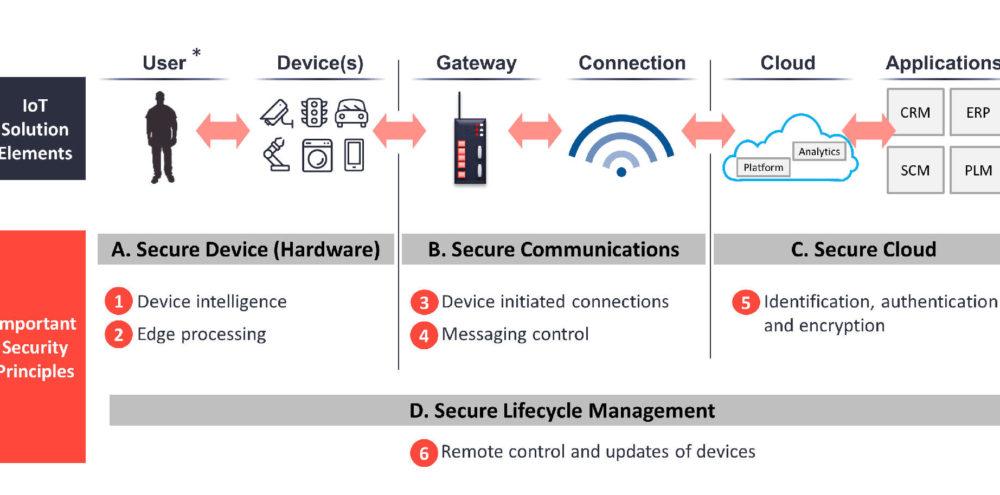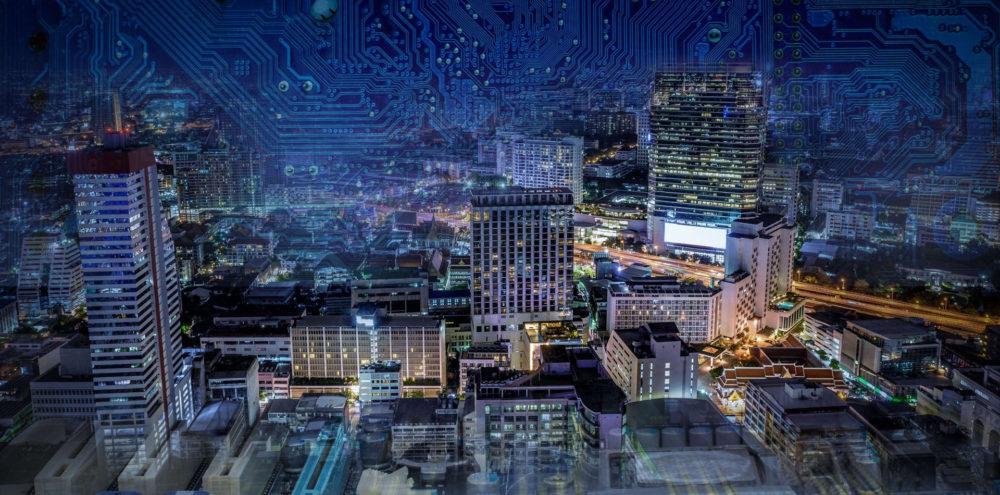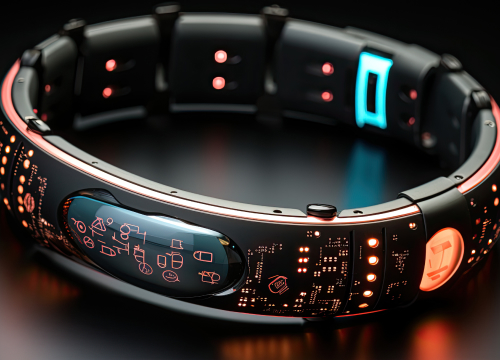IoT is one of the transformative trends that will make a strong global impact on businesses in 2017. During 2016 we have seen numerous industries investing in IoT security solutions, platforms, wireless communication standards etc., so we foresee the following trends to continue in 2017.
IoT and Blockchain
This combination is an opportunity for digital transformation architects to create innovations for many industries. Transformation of the way business transactions are organized globally continues. Blockchain plays the main role in the Internet of Things by increasing the security of transactions and creating efficiencies in the supply chain. It automates and encodes business transactions for all parties, protecting privacy and security at all levels.
All this will help companies enhance operational productivity, develop clients’ positive experience, and help to adopt new business models in a secure, private, and decentralized way, so all parties could gain new added values.
IoT Security

Six principles of IoT Security across the stack / Source: IoT Analytics
All IoT ecosystem participants are responsible for the security of devices, data and solutions. IoT security needs a multi-layered approach, addressed to all ecosystem members, so it should be considered from each participant’s role.
From device producers and application developers, who have to design, develop and keep hardware, software/firmware, and data secure solutions through their entire lifecycle, to operators, integrators and customers: all of them have their part to follow best practices with arising security challenges.
IoT platforms
IoT platforms gained lots of attention in 2016. Many platforms are connecting devices, collecting data, and handling numerous standards, but they also must be able to scale to millions of devices sending data. The generated data should be delivered in a secure and private mode and meaningfully used by end users.
With such capabilities, IoT platforms are becoming transformation agents for many businesses.
IoT and Connectivity
Sensors connection to the different parts of an IoT device can be made by varied technologies such as Bluetooth, regular Ethernet, Wi-Fi, Low Power Wi-Fi, Wi-Max, Long Term Evolution (LTE) etc.
Wireless connection protocols are widely used in different industries inside the IoT ecosystem, so many new forms of wireless connections, including 3GPP’s narrowband (NB)-IoT, LoRaWAN, or Sigfox will be tested in 2017.
Cognitive Computing
Connecting things with unique IP addresses in an IoT ecosystem causes everyday things to become not just connected, but intelligent. Cognitive computing enables sensors to diagnose and adapt to an environment without human interventions.
Another cognitive IoT advantage is the ability to make combinations of multiple data streams and give much more available context. The rising amount of IoT data requires new approaches to gather and analyze such a massive amount of information from devices and sensors and to generate meaningful output.
Thus, machine learning and cognitive IoT will enable different companies from various industries to gain added values from IoT, identifying data correlations that could have gone unnoticed before.
The Internet of Things is becoming the essential driver to enterprise digital transformations. It empowers new quality changes and the automation of every object in our everyday life and work environments. Nowadays it enhances new plans on improving the quality of smart objects and reducing costs and risks for many businesses.





